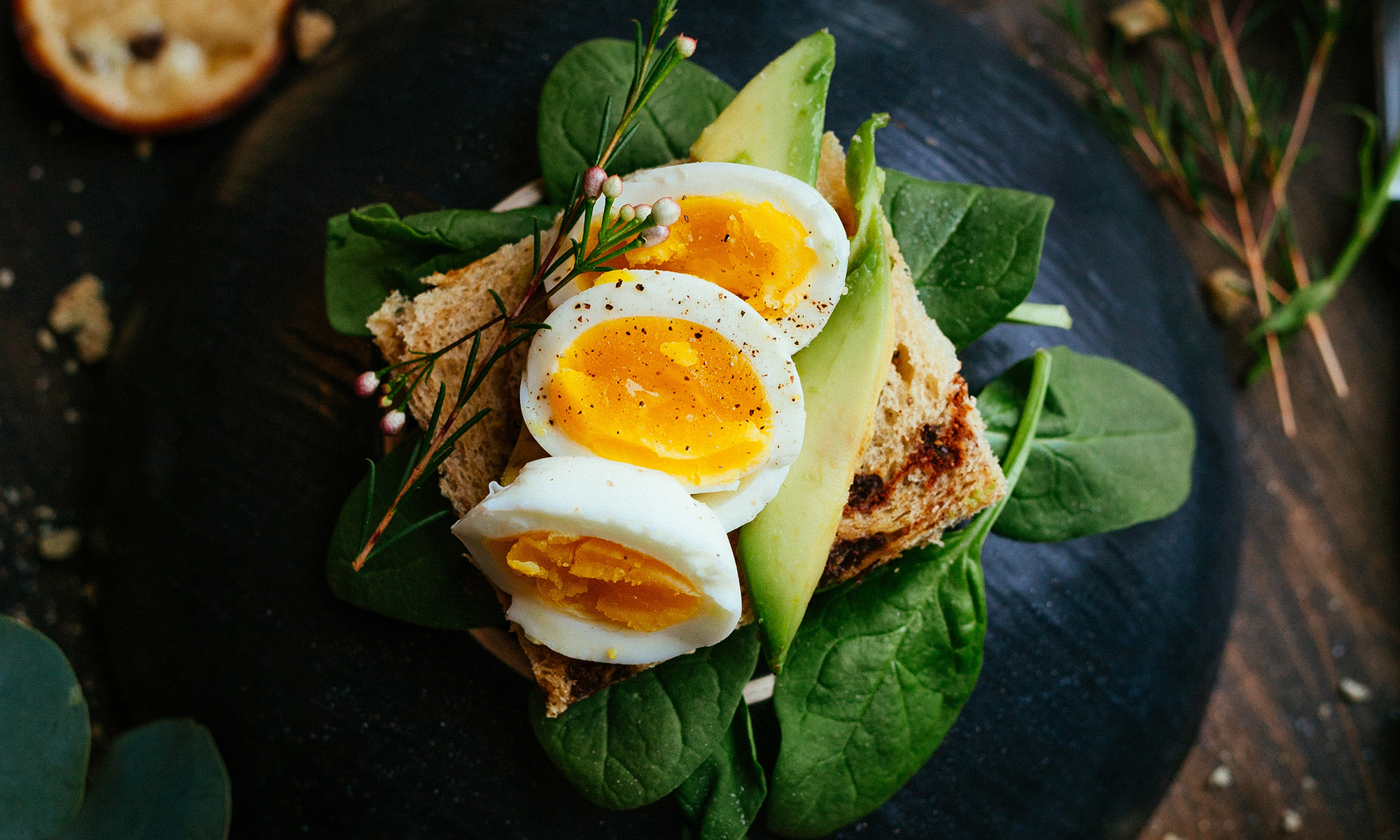Wherever I travel in the south, some form of grits graces each and every menu: at breakfast with butter and cheese or at dinner with shrimp, simmered in tomatoes.
In the summer, the grits can be made with fresh corn, the shrimp with fresh tomatoes. In the winter, the dish becomes richer and creamier with cheddar cheese instead of fresh corn and stewed tomatoes instead of the truly vine-ripened available now.
Shrimp and Grits
I'm not a huge bell pepper fan, but in this dish they really add a critical element of flavor to the shrimp sauce.
2 tbs. butter
½ cup chopped onion
1 tbs. chopped garlic
¼ cup diced bell peppers
¼ cup white wine
1 tsp. fresh thyme
2 cups stewed tomatoes
1 cup chicken or shrimp stock
½ cup heavy cream
2 tbs. tomato paste
Salt and pepper to taste
1 pound shrimp – peeled and deveined
1 tbs. butter (opt.)
1 small shallot, diced (opt.)
2 garlic cloves, chopped (opt.)
1 ear corn – kernels cut off (opt.)
3 cups liquid – a combination of water, milk and chicken stock
½ cup grits
½ cup grated cheddar cheese
Basil to garnish
1. In a sauce pot or skillet over medium high heat, melt the butter. Add the onions garlic and peppers and sauté for 3 minutes, stirring occasionally, until the onions are soft and the garlic starts to brown.
2. Add the white wine to the pan. Let it cook down until almost all the liquid has evaporated. Add the thyme, tomatoes and stock
3. Simmer the tomatoes for about 15 minutes, until they start to thicken. Add the cream and tomato paste. Set aside.
4. Start the grits: If using the optional ingredients… melt the butter in a sauce pot. Add the shallots, garlic and corn. Cook for 5 minutes. Add the liquid, and turn heat to high. Season with salt and pepper. If not using the options, heat the liquid in a sauce pot and season with salt and pepper to taste.
5. When liquid comes to a boil, reduce heat to simmer and whisk in the grits. Stir frequently for 3 minutes or until grits swell. Cover to pot and let simmer, stirring occasionally, for 15 minutes.
6. Just before the grits are cooked, reheat the tomato sauce. Add the shrimp to the sauce and cook for 2 – 3 minutes, or just until shrimp are cooked.
7. When grits are cooked, stir in the cheese.
8. Serve the shrimp over the grits. Garnish with fresh basil
From the garden: garlic, tomatoes, thyme, basil (and in the background lots of eggplant and broccoli)
From the farmers’ market: onions, corn, peppers




